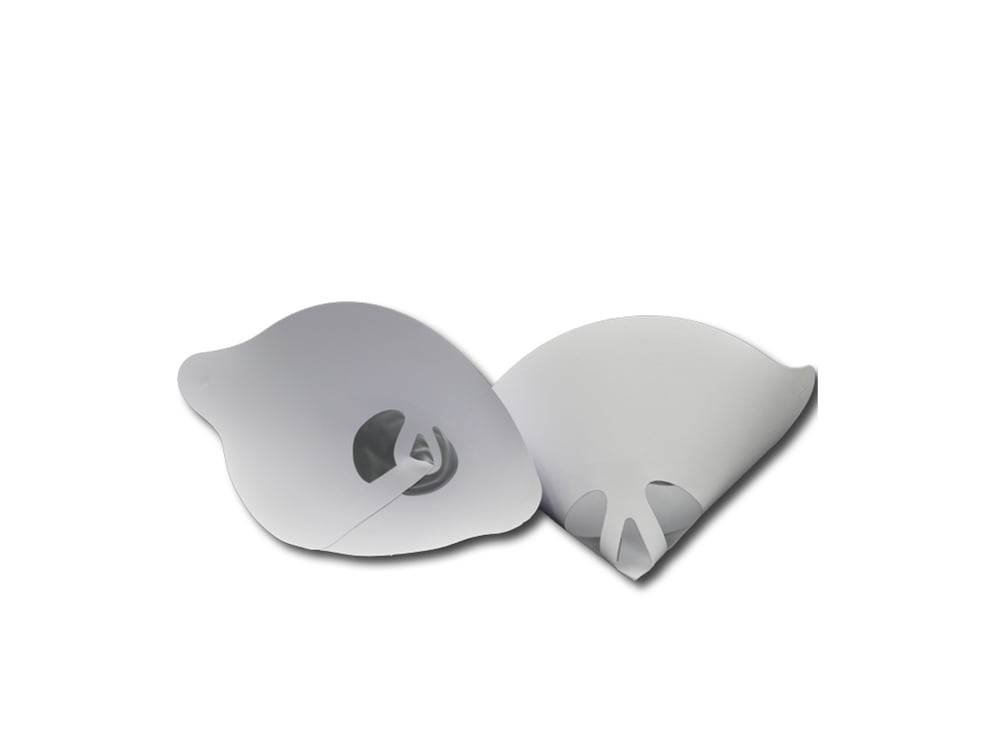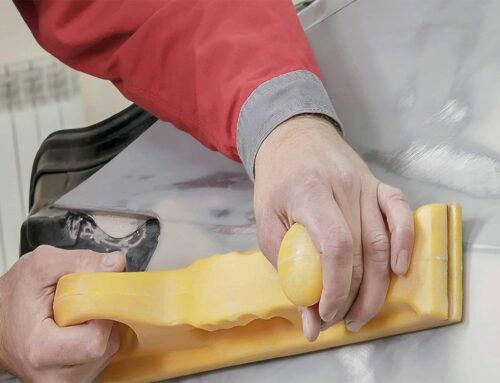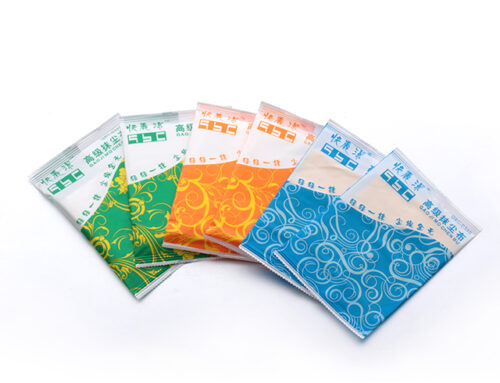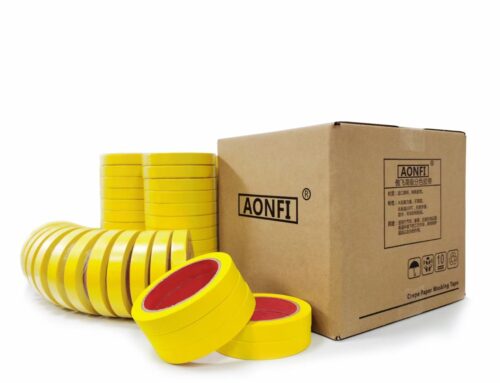When it comes to achieving a professional-grade paint finish in automotive refinishing, the smallest details matter. One of the most important tools in the process is the paint strainer. While it may seem like a simple item, selecting the right paint strainer can make a significant difference in the quality of your work. In this post, we’ll guide you through the key factors to consider when choosing the perfect paint strainer for your automotive refinishing projects.
1. Consider the Mesh Size
The mesh size of a paint strainer plays a crucial role in filtering out impurities from your paint. Paint strainers come in different mesh sizes, and choosing the right one depends on the type of paint you are using and the level of filtration you need.
- Fine Mesh: A finer mesh, typically in the range of 100 to 200 microns, is ideal for filtering out very small particles and impurities. It is often used for clear coats and high-gloss finishes where even the smallest imperfections are noticeable.
- Medium Mesh: A medium mesh size (around 60 to 100 microns) is great for base coats, primers, or paints that might contain larger particles but still need a high level of cleanliness.
- Coarse Mesh: For thicker coatings or when working with primers and certain types of base coats, a coarser mesh (around 40 to 60 microns) is more suitable.
2. Material Durability
The material of the paint strainer affects its durability and performance. Quality paint strainers are typically made from materials like nylon, polyester, or paper, and each offers different benefits.
- Nylon or Polyester: These materials are durable, reusable, and resistant to most solvents used in automotive refinishing. They’re a great choice for professional users who need strainers that can stand up to repeated use.
- Paper Strainers: Paper strainers are often used for one-time applications and are more commonly seen in smaller-scale operations or for specific types of coatings. While convenient, they are not as durable as their nylon or polyester counterparts.
3. Capacity and Size
Paint strainers come in various sizes, ranging from small, individual-use models to large, industrial-size strainers for bulk applications. The size of the strainer you need depends on the volume of paint you are using:
- Small Strainers: Ideal for small batches or touch-up work where only a small amount of paint is needed.
- Larger Strainers: Suitable for larger spray guns or high-volume applications, such as refinishing a complete vehicle or for commercial-grade automotive refinishing operations.
Choosing the right capacity ensures you don’t waste time straining multiple small batches of paint, and you can efficiently manage large jobs without interruption.
4. Type of Paint
Different types of automotive paints require different strainers, so it’s essential to match the paint type with the appropriate strainer:
- Solvent-Based Paints: These are typically more viscous and can contain thicker particles. A coarser mesh (around 40-60 microns) works well to strain out contaminants without restricting paint flow.
- Water-Based Paints: These tend to be thinner and may contain finer particles. A finer mesh (100-200 microns) is ideal for water-based paints to filter out impurities without affecting the finish.
5. Ease of Use
When selecting a paint strainer, consider how easy it is to use. Some strainers come with built-in features like wide openings or handles, making them easier to secure over paint cups or buckets. If you’re working in a high-paced environment, choosing a strainer that is quick and simple to use can save you time and reduce frustration.
6. Reusability
Some strainers are designed for one-time use, while others can be cleaned and reused multiple times. For professional users who require frequent use, investing in durable, reusable strainers made from materials like nylon or polyester can be a cost-effective option in the long run.
- Reusable Strainers: If you’re working with high-quality paints and want to ensure a clean finish over multiple applications, reusable strainers are ideal. They can be washed out after each use and reused for future jobs.
- Disposable Strainers: These are perfect for small or single-use jobs, especially if you are using materials that could clog the mesh quickly or when dealing with paints that are difficult to clean from the strainer.
7. Price and Quantity
While it’s tempting to go for the most affordable option, remember that a higher-quality paint strainer will often yield better results, especially for demanding applications. Investing in a slightly higher-priced, durable strainer can save you time, improve the quality of your work, and prevent costly mistakes.
If you’re working in a large-scale operation or need to buy in bulk, many suppliers offer bulk pricing for strainers, making it more affordable to stock up on high-quality options.
8. Brand and Reputation
Not all paint strainers are created equal, and the brand or manufacturer can make a significant difference in quality. Look for well-established brands that are known for producing reliable and high-performance automotive refinishing products. Quality manufacturers will provide strainers that are consistent in performance, with well-engineered materials and proper quality control.
In summary, the key to choosing the right paint strainer comes down to understanding the type of paint you are using, the required level of filtration, and the overall durability of the product. By considering factors such as mesh size, material, and reusability, you can select a paint strainer that will help you achieve a flawless finish every time.
At our factory, we produce high-quality paint strainers designed to meet the needs of automotive refinishing professionals. Whether you’re looking for fine, medium, or coarse mesh strainers, we offer a range of options to suit different types of paint and applications. Reach out today to learn more about our paint strainers and how they can help elevate your refinishing projects.






Leave A Comment